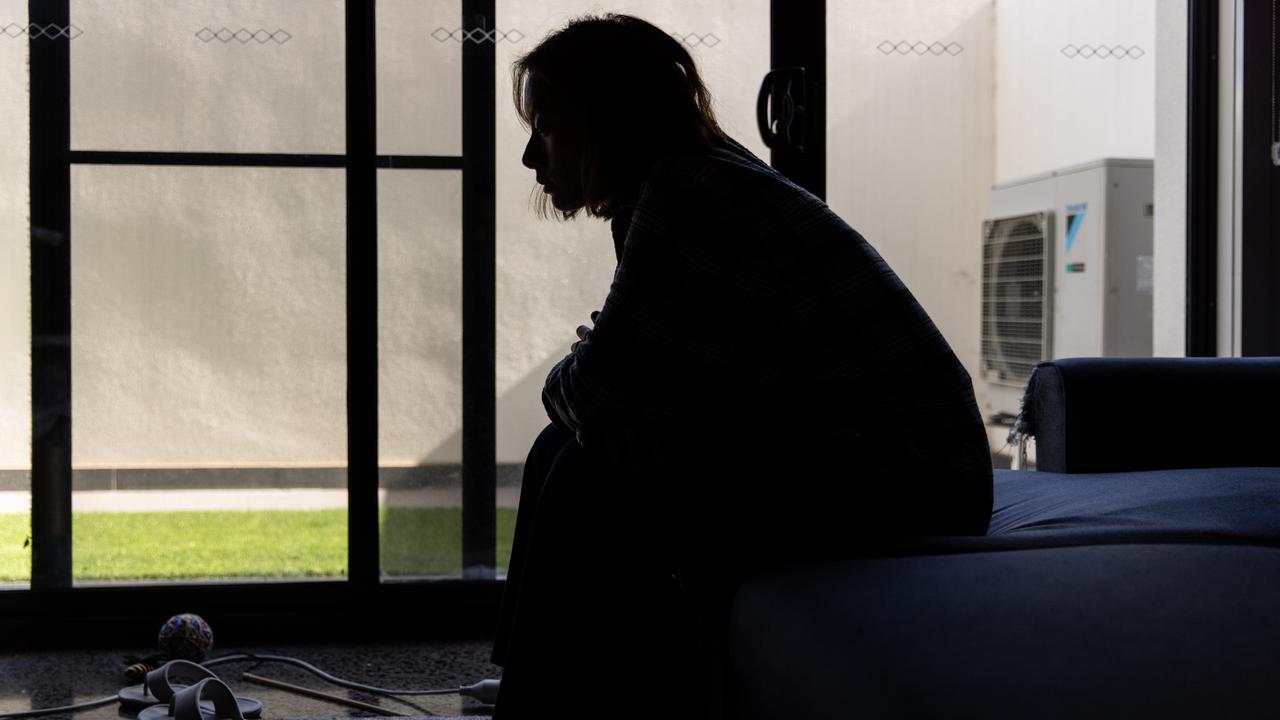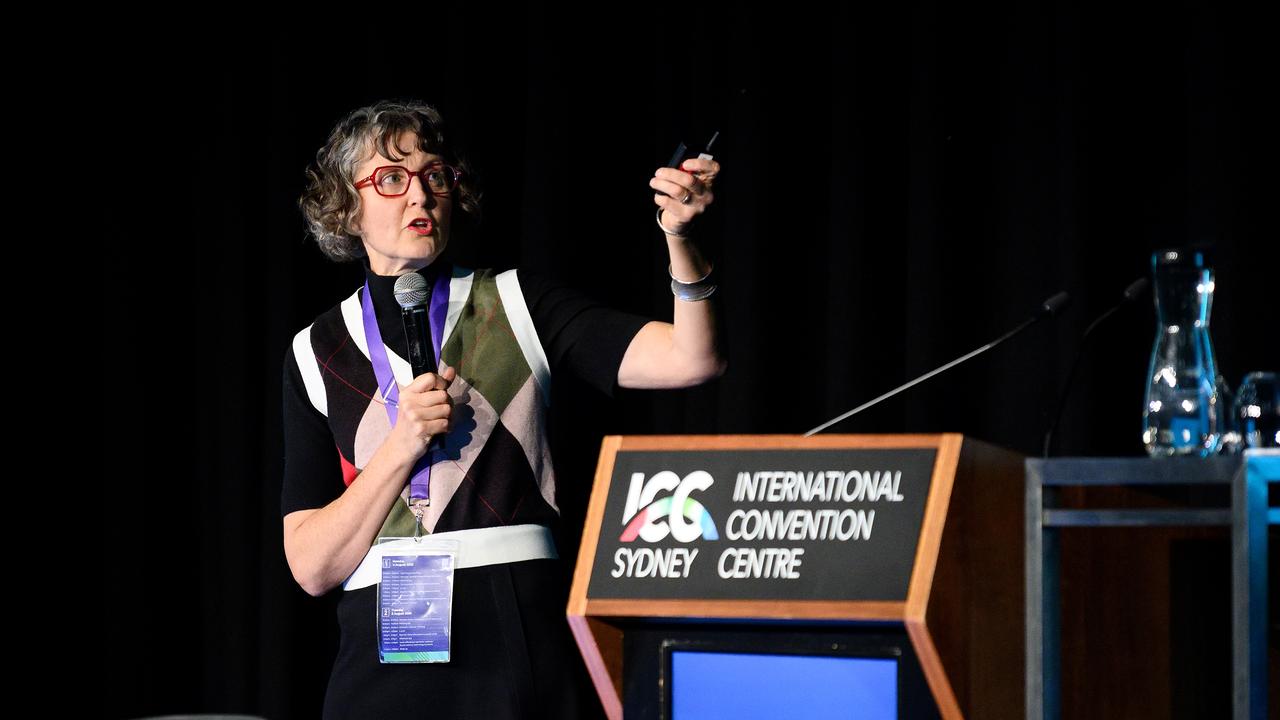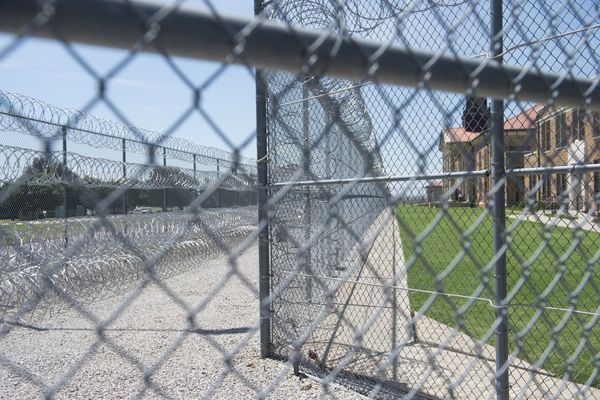
A scarcity of coercive control charges have been defended a year after the domestic violence behaviour was criminalised.
NSW became the first Australian state to specifically outlaw coercive control - patterns of abuse used to hurt, scare, intimidate, threaten or control someone - in 2022.
The standalone offence is part of efforts to curb domestic and family violence, given one in four women and one in 14 men experience physical and or sexual violence from an intimate partner, according to the federal government.
Police recorded 297 incidents of coercive control and laid nine charges since the laws came into effect in July 2024, the state's crime statistics bureau said in a report on Friday.
NSW Premier Chris Minns said he expected reports to authorities of the offence to increase in coming years, before a "taper off" as behaviour hopefully improved in the community.

"It's important to remember that before those laws were passed, the number was zero," Mr Minns told reporters.
"I expect that we will see increased community awareness in relation to both the ability of someone who is a victim of that coercive control to go to law enforcement, and secondly, hopefully community change."
Coercive control has been identified as a precursor to 97 per cent of intimate partner domestic violence homicides in NSW between 2000 and 2018.
The small number of charges showed investigating and prosecuting the conduct was complex, NSW Bureau of Crime Statistics and Research executive director Jackie Fitzgerald said.
But she described the result as "a meaningful sign" of bolstered awareness.
"Victims are beginning to come forward, and enforcement is developing in a deliberate and measured way," Ms Fitzgerald said.
Domestic Violence NSW senior policy and advocacy officer Angie Gehle attributed the low charge number to an "incredibly high" legal threshold.
Establishing intent on the part of an offender as well as a pattern of control were elements of the offence especially difficult to prove, Ms Gehle said.
"Victim-survivors are finding it really hard to get that evidence together," she told AAP.

Three charges have so far been finalised in court, with two withdrawn by prosecutors and one resulting in a guilty plea, the crime statistics report found.
Ninety-four per cent of coercive control victims were women, with 92 per cent of incidents involving a female victim and male alleged offender.
It found the median time between a police report and a coercive control charge was about four months.
"With a median time of 131 days from the police report to charge, it's clear that building a prosecutable case under this new legislation requires time, evidence, and a deep understanding of the patterns of behaviour involved," Ms Fitzgerald said.
In May, Queensland criminalised coercive control, with South Australia and Western Australia expected to follow suit. It is already proscribed in the ACT, Victoria and the Northern Territory.
1800 RESPECT (1800 737 732)
Lifeline 13 11 14
Men's Referral Service 1300 766 491
1800 RESPECT (1800 737 732)
National Sexual Abuse and Redress Support Service 1800 211 028







